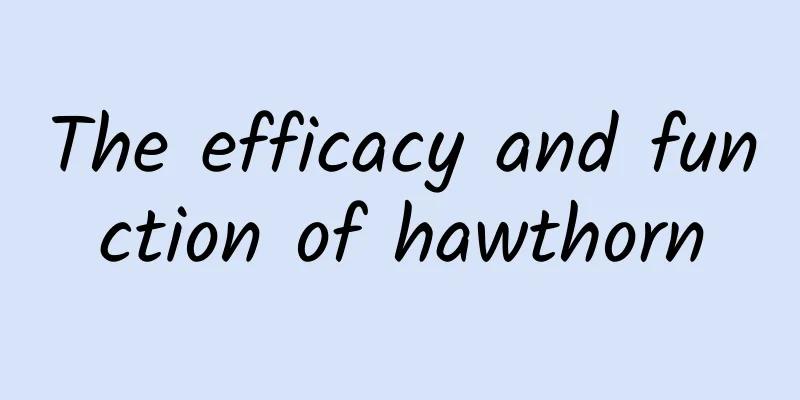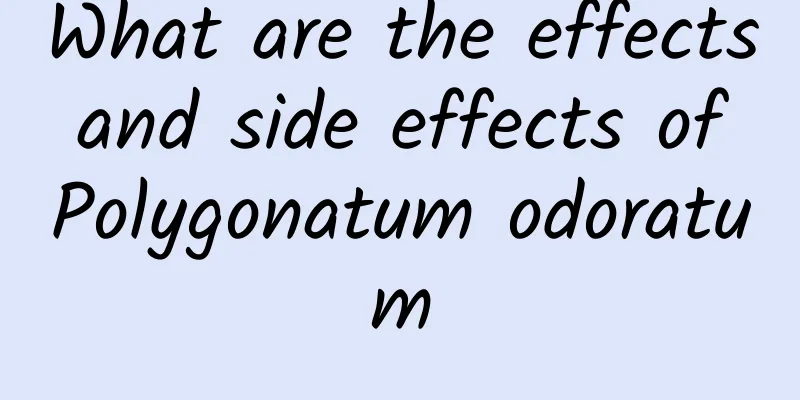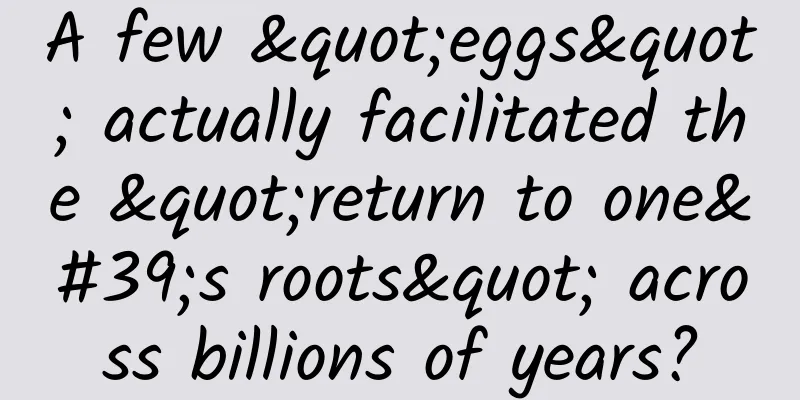[Smart Farmers] Is the “fresh and clean” Aster a “nutrient plunderer” with great destructive power?
![[Smart Farmers] Is the “fresh and clean” Aster a “nutrient plunderer” with great destructive power?](/upload/images/67f0a0f3058fd.webp)
|
When it comes to invasive alien plants, the most well-known ones are Eupatorium adenophorum and Water Hyacinthus, while some other invasive alien plants are rarely mentioned. However, with the increasing frequency of global trade and exchange activities, invasive alien plants have become a global ecological and biological security issue. China is one of the countries that suffers the most from invasive alien species. The report of the 20th National Congress of the Communist Party of China clearly pointed out that we should strengthen biosafety management and prevent and control the invasion of alien species. There is a plant called Aster tataricus, which has a "fresh" appearance but is very destructive. It has been included in my country's list of invasive species and needs to be guarded against. Aster acuminata (picture from the Internet) What is Aster truncatula? Symphyotrichum subulatum Michx, classified as Asteraceae, is an annual herb. Aster is native to North America and is now widely distributed in temperate to tropical regions of the world. It was discovered in Macau, my country in 1827. It is now distributed in Anhui, Macau, Beijing, Fujian, Guangdong, Guizhou, Hebei, Henan, Hubei and other places. Aster is very common. It is drought-resistant and barren-resistant, prefers moist and fertile soil, is salt-alkali resistant, has very strong adaptability, and often grows on roadsides, abandoned land, wilderness, and near villages. The propagation method of Aster tataricus is sowing, which can produce a large number of achenes with pappus that are spread and invaded by the wind. What are the hazards of Aster tataricus? Although Aster tataricus is a common weed, it has a strong reproductive capacity and often invades farmland, harming crops such as cotton, peanuts, soybeans, sweet potatoes, and rice. It also often invades shallow wetlands, affecting the wetland ecosystem and its landscape. The growth of Aster tatarica consumes a lot of soil nutrients and has a strong allelopathic effect, making it difficult for other plants to survive. Only a small amount of small sedge and crabgrass grow on the edge of the community. Under natural conditions, when there are more Aster tatarica residues in the soil, it has a significant inhibitory effect on the germination and growth of wheat, mung bean, and rapeseed. The order of the allelopathic effect of Aster tatarica on crops from strong to weak is rapeseed, wheat, and mung bean. Therefore, due to the weedy characteristics and allelopathic effects of Aster tataricus, it has great potential harm and prevention and control efforts should be strengthened. The function of Aster tataricus Although Aster tataricus is an invasive alien species, it is not completely useless. Aster tataricus has good medicinal value and the whole plant can be used as medicine. It has the effects of cooling blood, stopping bleeding, clearing away heat and detoxifying. It is mainly used to treat carbuncles and eczema. It can be decocted for oral administration or mashed for external application. In addition, Aster tataricus has edible value. Its young seedlings, stems and leaves can be eaten as wild vegetables and are rich in nutrition. Due to its strong salt tolerance, it can grow on tidal flats with an average salt content of 18 mg/g, making it a marine vegetable with great development prospects. Aster acuminata (picture from the Internet) How to prevent and control leaf-boring aster? At present, there are mainly the following methods for the prevention and control of Aster tataricus: 1. Physical control: Aster uses seeds as its reproductive organ, so the whole plant should be eradicated before it blooms. The germination of its seeds can also be inhibited by deep plowing of the soil. 2. Quarantine and prevention: Strengthen the quarantine of grain imports, select seeds carefully, and prevent the smuggling of crop seeds. 3. Chemical control: You can use silanol, dimethoate, etc. for chemical control, or you can use herbicides such as glyphosate to spray during the seedling stage. 4. Development and utilization: Aster has medicinal effects, and its young seedlings and leaves can also be eaten as vegetables. Therefore, it can be reasonably utilized to effectively control it. Scientific review: Xu Letian (Professor and doctoral supervisor at Hubei University) Editor: Xie Yun Copywriter: Yuan Jiawen (internship) |
<<: The insurmountable “4”: If this number is exceeded, will people’s judgment decline?
Recommend
The "super battery" that can store 800,000 kWh of electricity is here. How does it work?
Produced by: Science Popularization China Produce...
The efficacy and function of golden back loquat
Golden back loquat is a common Chinese medicine i...
The "security police" of the greenhouse effect is called CCUS?
Author: Duan Yuechu Introduction: As the global c...
Coenzyme Q10
Medicines are common in life. There are many type...
How to prepare Polygonum multiflorum?
Polygonum multiflorum tastes a bit astringent, bu...
I will never forget this day!
July 7, 2022 It is the 85th anniversary of the Ju...
What are the differences between bloodwood and rosewood?
Playing with toys is a way for modern people to e...
Can glycerin remove fat particles?
Glycerin is a common skin care product in our liv...
This ancient fossil 'big blue fish' survived the extinction of the dinosaurs, but not plastic waste
"Big blue fish! Big blue fish!!" On Nov...
They took the dry air guns away, leaving behind 52 steel arteries
In 2021, there were continuous important news abo...
How much is a box of Panax notoginseng powder
Speaking of Panax notoginseng powder, I believe e...
With an annual output value of nearly 2 billion, the "French foie gras" you eat may be produced in this small county in China
Goose liver, as an offal food, is not unfamiliar ...
The efficacy of drinking black wolfberry and American ginseng in water
Because the work pressure is getting higher and h...
The efficacy and function of the fern
As the pressure of modern life increases, more an...
There are many forms of online shopping fraud. Please forward this prevention guide to the "Loving Family" group!
In recent years, with the popularization of the I...









